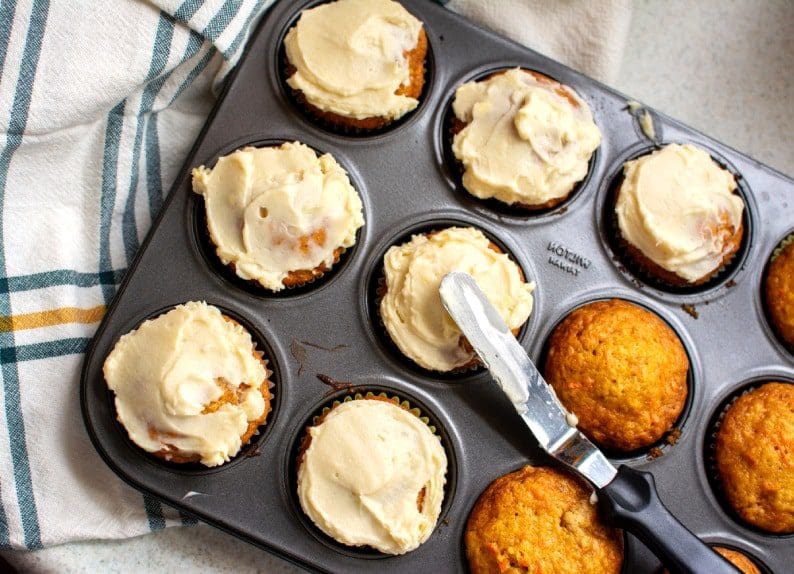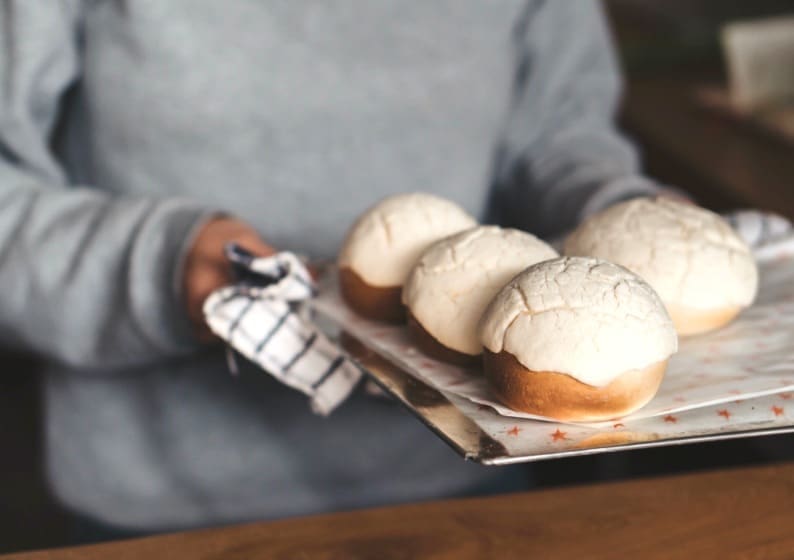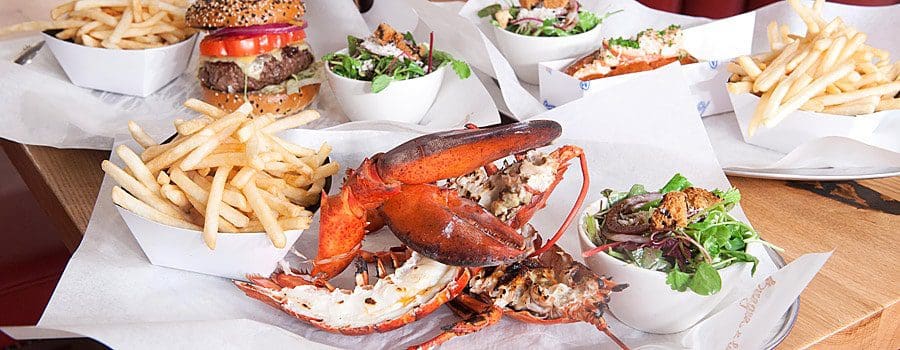Baking has long been considered an art form, but it is also a science. As a modern foodie, if you’re eager to take your baking skills to the next level, it’s essential to embrace the mindset of a food scientist.
By understanding the underlying principles and mastering the fundamental techniques, you can unlock a world of creative possibilities and consistently achieve delightful results. In this comprehensive guide, we’ll explore the essential baking techniques that will empower you to become a true culinary scientist.
Accurate Measurements
Baking is a precise science, and accurate measurements are paramount to successful outcomes. Invest in a good set of measuring cups and spoons and use them diligently. Always level off dry ingredients, such as flour and sugar, to ensure consistency in your recipes. Additionally, consider investing in a digital kitchen scale for even greater accuracy, especially when dealing with ingredients like butter or chocolate.
The Power of Leavening Agents
Understanding the role of leavening agents is crucial for achieving the perfect texture in your baked goods. Baking powder and baking soda are two common leavening agents that react with moisture and heat to produce carbon dioxide gas, which causes dough or batter to rise. Remember to follow the specified amounts in recipes and avoid overmixing, as it can result in tough textures.
Mixing Techniques
Mixing ingredients properly is an art in itself. Various mixing techniques can significantly impact the outcome of your baked goods. The creaming method, where butter and sugar are beaten together until light and fluffy, creates tender cakes and cookies.
For flaky pie crusts, the pastry blending method, which involves cutting cold butter into the flour, produces desirable layers. You should also understand the difference between unsalted and salted butter and learn how to use them effectively in your baking. While unsalted butter allows you to have better control over the salt content in your recipe, salted butter can add a subtle depth of flavor.
Understanding Gluten
Gluten, a protein found in wheat flour, is responsible for the structure and elasticity of baked goods. Understanding gluten development is essential for achieving the desired texture in your creations.
Kneading dough helps develop gluten strands, providing structure to bread and certain pastries. Conversely, delicate desserts like cakes and cookies require minimal gluten development to maintain tenderness. Use the appropriate flours and mixing techniques to control gluten formation and achieve the desired texture.
The Importance of Temperature Control
Temperature control plays a critical role in baking. Precise oven temperatures and ingredient temperatures can make all the difference. Invest in an oven thermometer to ensure accurate readings. Preheating the oven thoroughly before baking is vital for consistent results.
Additionally, some recipes call for specific ingredient temperatures, such as room-temperature eggs or softened butter. Pay attention to these details to achieve optimal results.
Mastering Food Safety: Protecting Taste and Health
Food safety is a paramount concern in baking, and it is crucial to prioritize proper handling and storage. Always wash your hands before and during the baking process, especially when working with raw eggs or dough.
Use separate cutting boards for meat and other ingredients to prevent cross-contamination. Follow storage guidelines to preserve freshness and prevent spoilage. Remember, safe and healthy baking is as important as the taste of your creations.
As a modern foodie, embracing the role of a food scientist in your baking endeavors can elevate your skills to new heights. By following the abovementioned tips you will unleash your inner food scientist and consistently create delectable treats.
With practice, experimentation, and a curious spirit, you will unlock the secrets to baking perfection and create extraordinary culinary delights for yourself and your loved ones. Happy baking!








